What to consider when running paid ads on social media
Thursday 15 September 2022
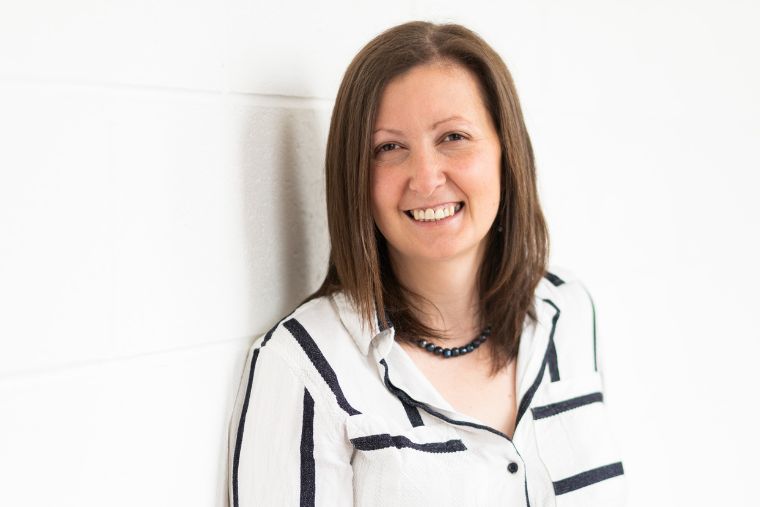
By Ruth Young of Ruthless Media.
What are the key steps to creating brilliant, results-oriented paid social media campaigns? Whether you want to improve brand awareness or find more customers for your products and services, social media is a great place to advertise. To make sure that your social media ads campaign is successful there are a few key things to consider.
1. Account Set Up
Before you can launch your first Facebook campaign, you need to set up your ad account, which includes adding a payment method. However, you only need to do it once, unless you want to change it or create a new account. Having your business account on social media set up correctly makes running ads so much easier. For example on Facebook, you can run ads through a 'Personal' Ads Account but the data accumulated will not be associated with your page and business account. This is valuable for future campaigns.
.png)
2. Objective and Goal Strategy
Simply put, you need to figure out what you want to get out of your social ads before running them. Looking to build brand awareness? Drive sign-ups and sales? Help people to consider you as an option or a conversion resulting in a purchase or any other closing action you want them to take? Think about how this ties in with your overall organisational objectives alongside your social media objectives. Your goal will ultimately inspire your campaign and its creatives. Goal-setting also ensures that you’re tracking the right metrics and KPIs associated with your campaigns.
3. Audience
Your ad should not be targeting everyone and anyone, this can be an expensive mistake. By narrowing down your target audience, you can be much smarter with your budget. Every product or service has ideal customers. Advertisers often build and study the ‘personas’ of ideal customers in extreme detail to better understand who and how to target their products or services. Knowing your audience will mean more effective results for less spend.
4. Copy
When it comes to creating the written content for your Ad campaign it is crucial to keep your target audience in mind when writing the message of the ad, be mindful that they may never have heard about you before. Think about what will attract their attention and what information they need to know right away. Try to keep your written content clear, concise and compelling. Keep the information must be accurate or the campaign can be penalised by Facebook.
5. Visuals
The options for the visuals of a sponsored post or ad are broad and varied across different platforms including video content, eye-catching graphics and carousels. The visual aspect of the ad needs to appeal to attract the attention of the user. The key is to make it look like it belongs within a feed but, almost like a contradiction in terms, also stand out in a feed to be noticeable so the user stops scrolling and takes action.
Carousel ads work well to showcase different features of a product, or to explain a step-by-step process. They’re also a great way to present multiple products or services. The best engagement is often attributed to short videos. This is because they tend to have higher completion rates.
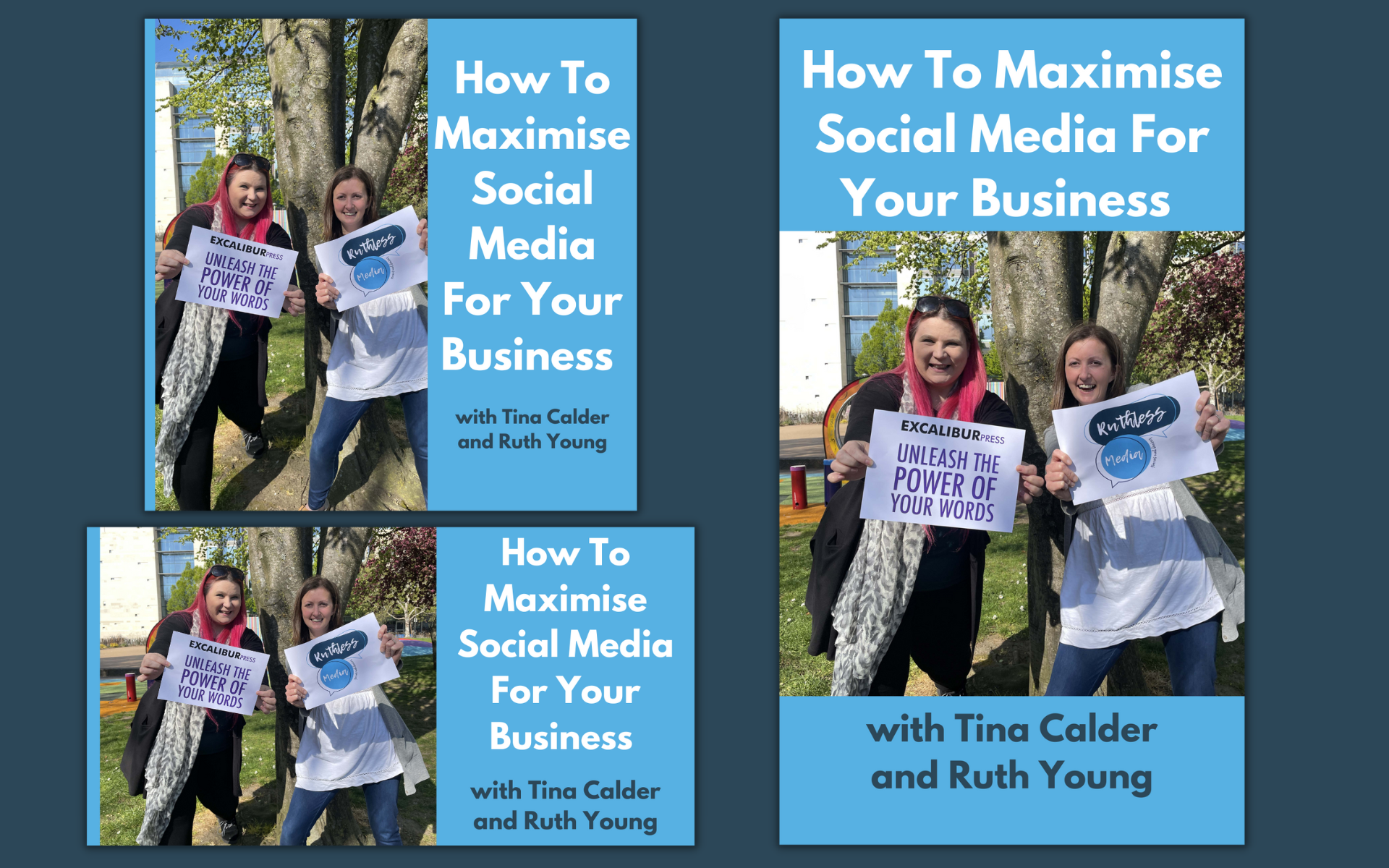
6. Call to Action
It is important to consider the action you want the viewer to take in response to seeing the post, what information do they need to know? What do they need to do? How do they do it?
Paid advertising allows you to add a Call to Action button to bring the reader to a place respond how you are wanting them to. Options include:
-
Send a message
-
Shop Now
-
Sign up
-
Book now
-
Learn more
The call to action can also be made within the copy or visuals of the sponsored post.

7. Timeframe and Budget
Generally, you want to let your ad run for 3 to 5 days before you try and interpret how it's truly performing or make any adjustments and ideally run a campaign for at least 7 days so the platform can learn how to best place your ad and present it to your target audience. Other factors to consider are what days and times it should run and then amend the ad settings to suit.
A mistake people often make is not setting an end date on an ad which means the platform continues to spend money until it's stopped manually unless you have set a lifetime budget which will be the limit spent on the ad.
Once you have set your objective, you will be able to research what minimum ad budget you should set up to run the campaign. This minimum amount could be per day, per click or impression. Some campaigns are successful on £1 a day while others are successful on much more.
Consider the cost per conversion that you are looking to achieve and consider how many conversions you would need within the timeframe of the ad. This will allow you to set the budget accordingly. It is worth noting that nobody can ever guarantee results and many factors play into this BUT considering your customer throughout the process will help achieve your goals.
8. Tracking
Determining whether or not your campaigns were a success boils down to your analytics. Insights tags, pixels or tracking code from the relevant platform you are running ads from, will help to track the activity on your website alongside the analytics connected with your website. Between your ad analytics and platforms, you can take a deep dive into your campaign’s performance. Beyond engagement metrics and clicks, analytics can help you understand:
-
How your organic social media performs versus paid social media
-
Whether you saw an ROI for your paid campaign(s)
-
Opportunities for retargeting

9. Funnel
Most users aren’t going to buy from you after just one Facebook ad. If they have just come across you for the first time, you need to be mindful that they may still not know you well enough, may not trust you yet and probably don’t feel invested in your brand yet. To get people converting to your core offer, you need multiple touchpoints. Think about your customer journey throughout the ad campaign.
-
How is this ad bringing them closer to connecting, purchasing, booking, downloading and converting?
-
What other tools need to be in place to achieve a conversion? Do you need a landing page or website?
-
Do you need an automated email sequence set up?
You need a funnel to move prospects from one point to the next. By having multiple sources in place, your potential customer can get a better overview of what your brand is about, creating a relationship before the purchase.
10. Organic Social Content
Don't neglect your organic social media and solely rely on paid ads. Often those who only run paid campaigns miss out on the ongoing connection with customers for repeat conversions for ‘free’.
Think long-term. Develop content themes, regular instalments, or a recurring series. Post consistently to establish and maintain a presence. But remember, when it comes to organic social media, quality always trumps quantity. This is why creating a quality content strategy is important.
Paid Advertising on social media can be hugley beneficial when done well and done right. Having a plan and strategy that has an understanding of the customer, their needs and how you can address them will feed into the decision making involved in ads set up on Facebook, Instagram, Twitter, LinkedIn, TikTok and more.
Women in Business NI Member Ruth Young of Ruthless Media is a paid ads specialist across Facebook, Instagram, Twitter, LinkedIn and TikTok. She can support you to plan and manage paid advertising campaigns yourself, create a strategy for your social media ads or to work with someone who runs campaigns daily.
Thursday 15 September 2022




 Contact us
Contact us
 Share on social
Share on social Share with a friend
Share with a friend Facebook
Facebook LinkedIn
LinkedIn
 Twitter
Twitter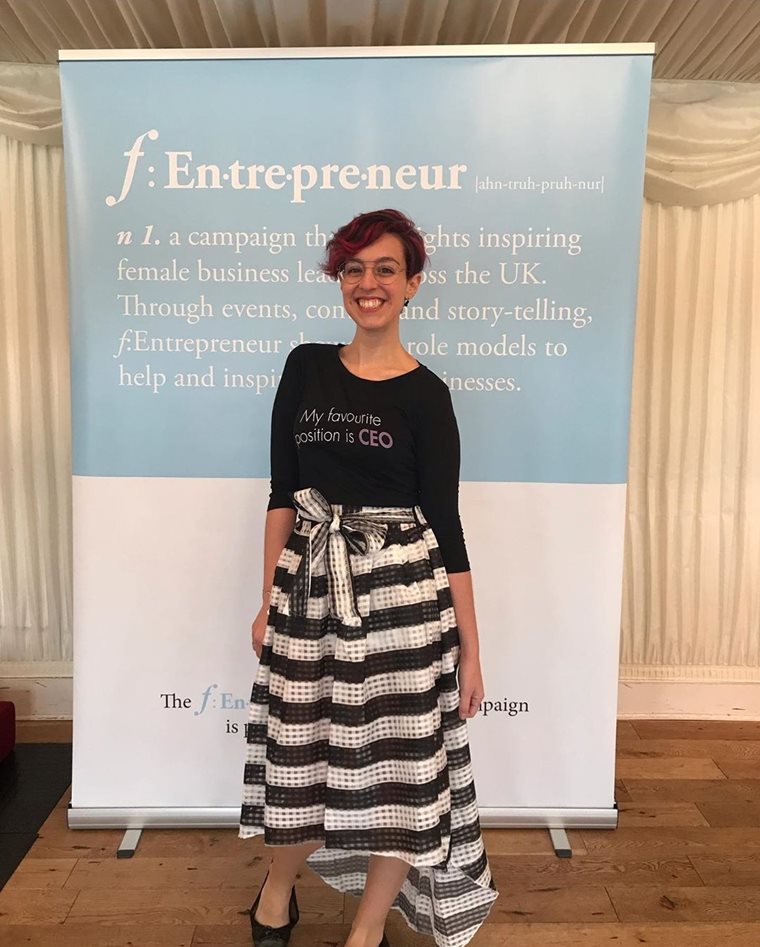
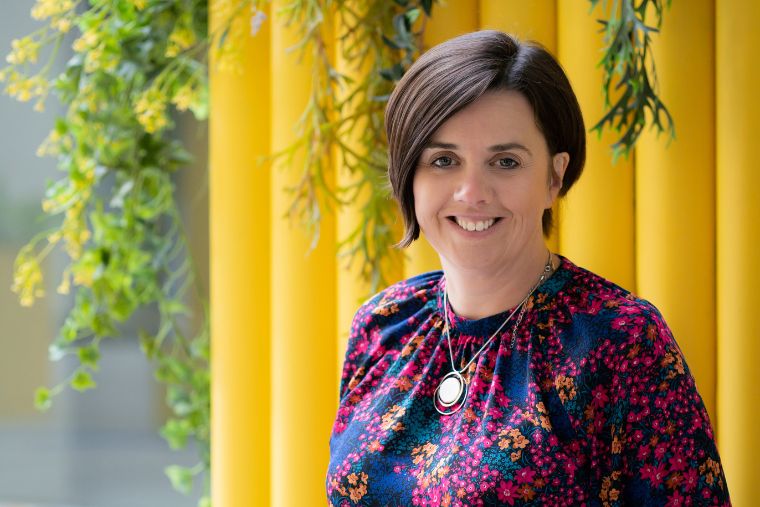
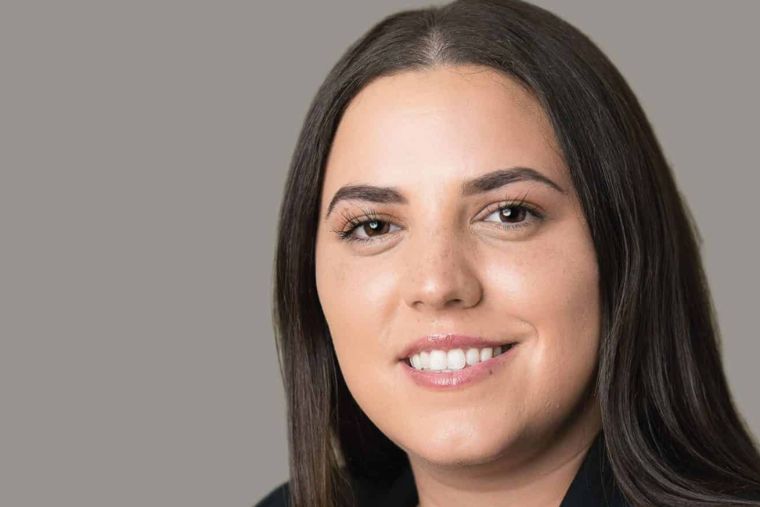
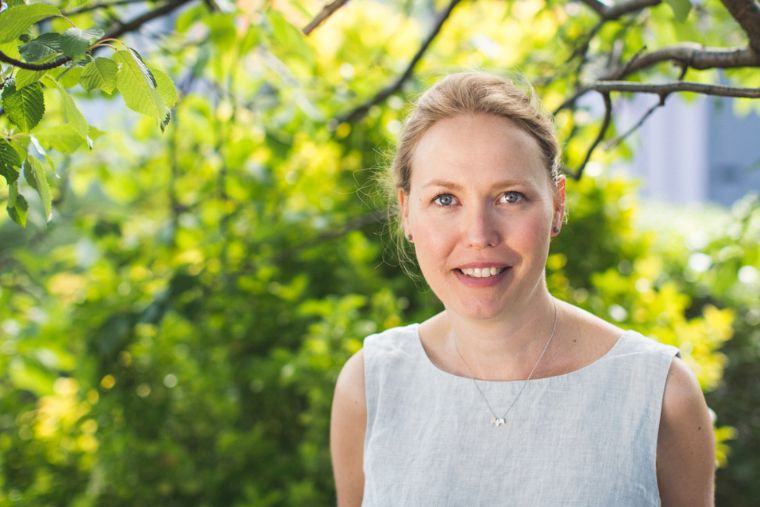
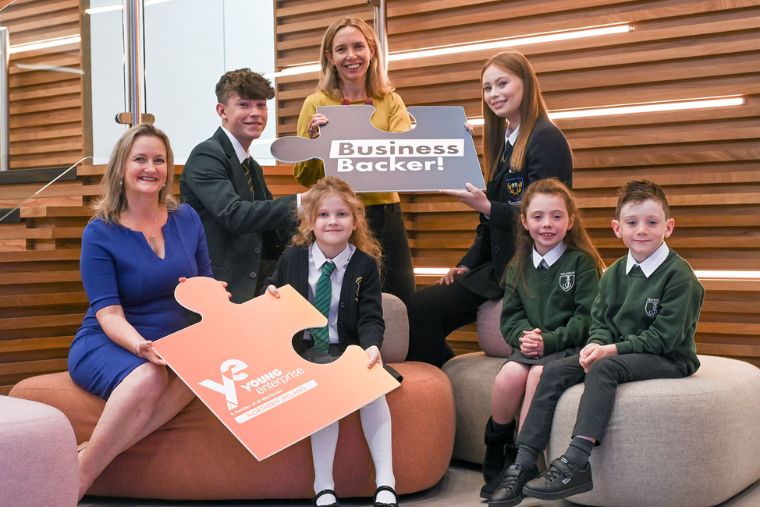

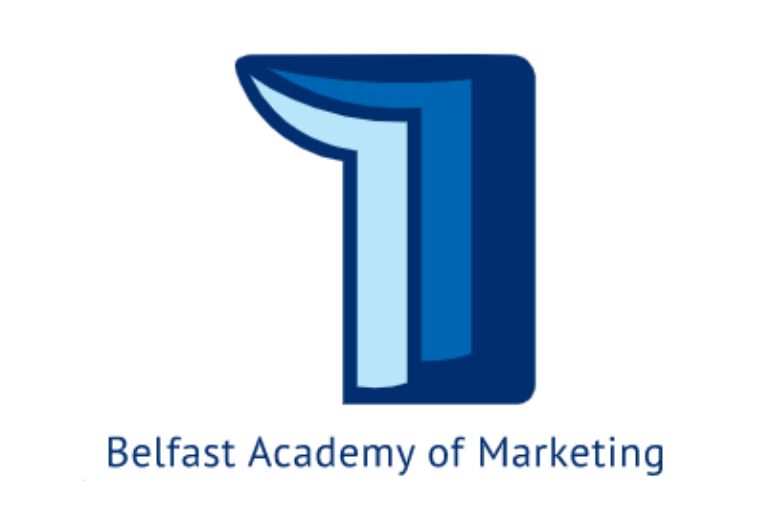
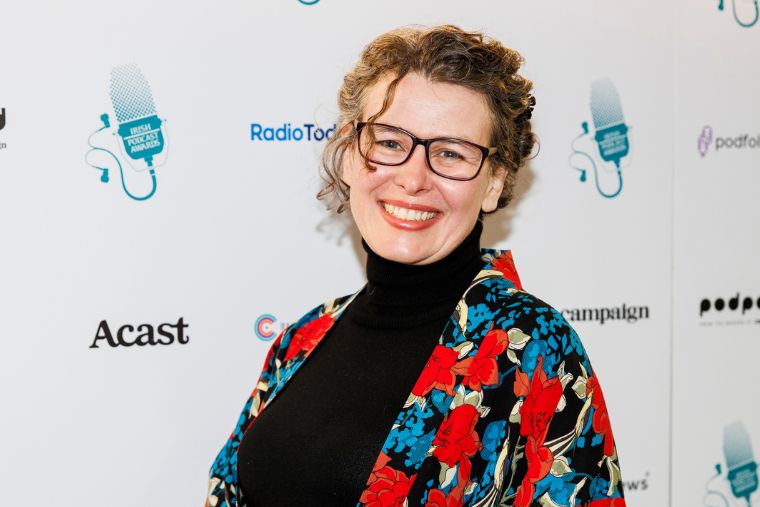
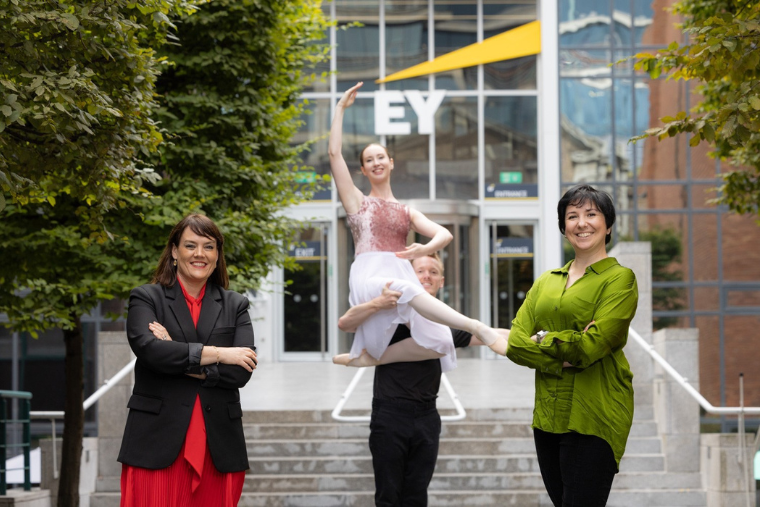
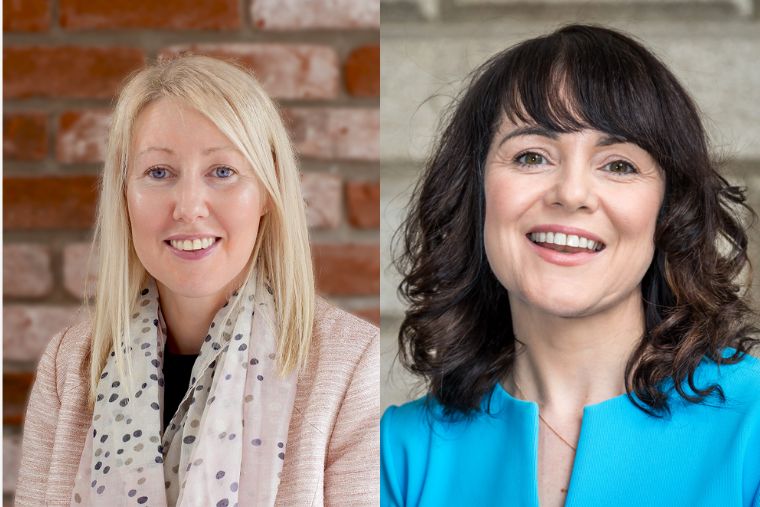
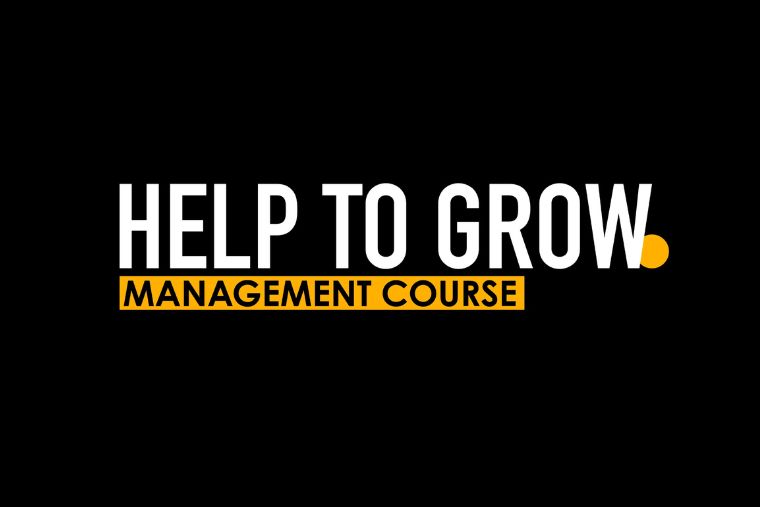



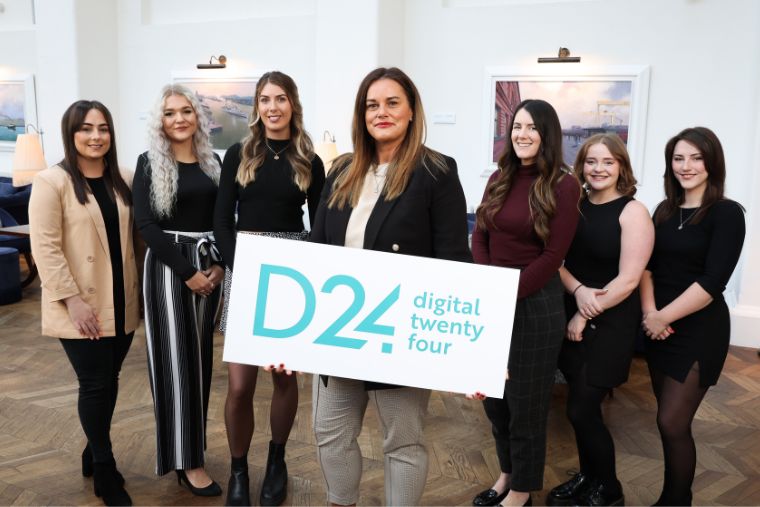
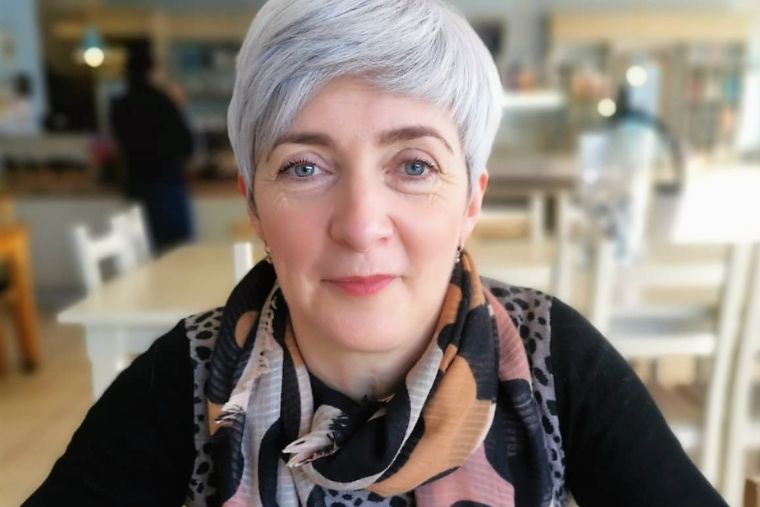
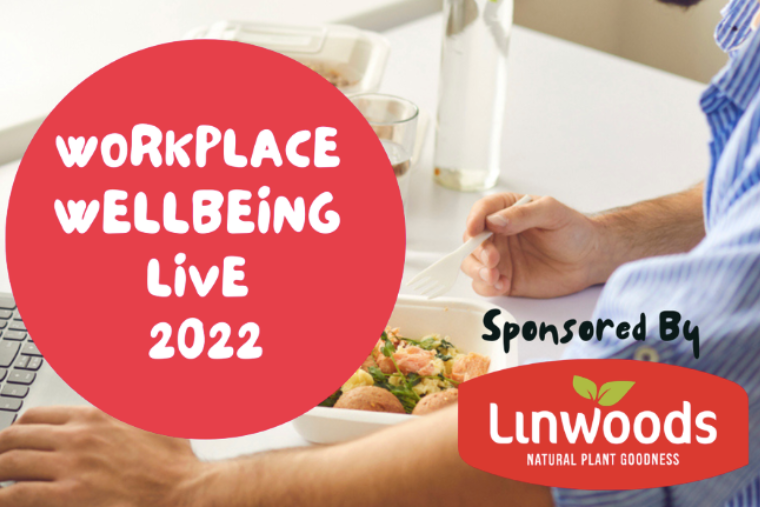
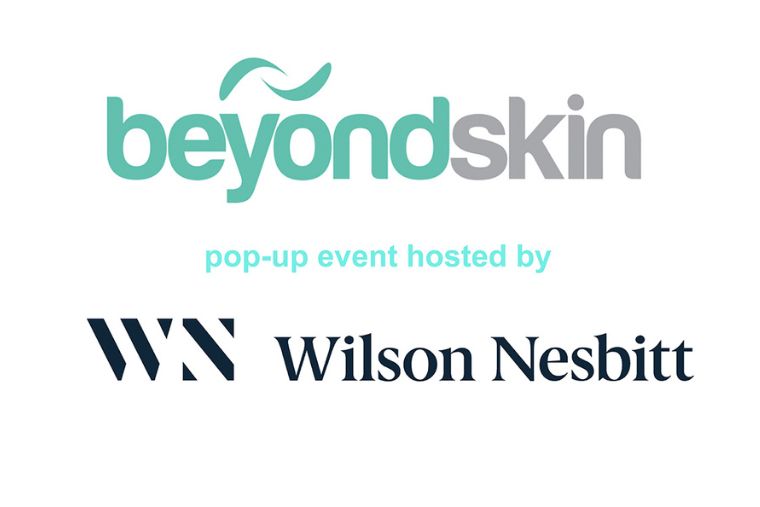
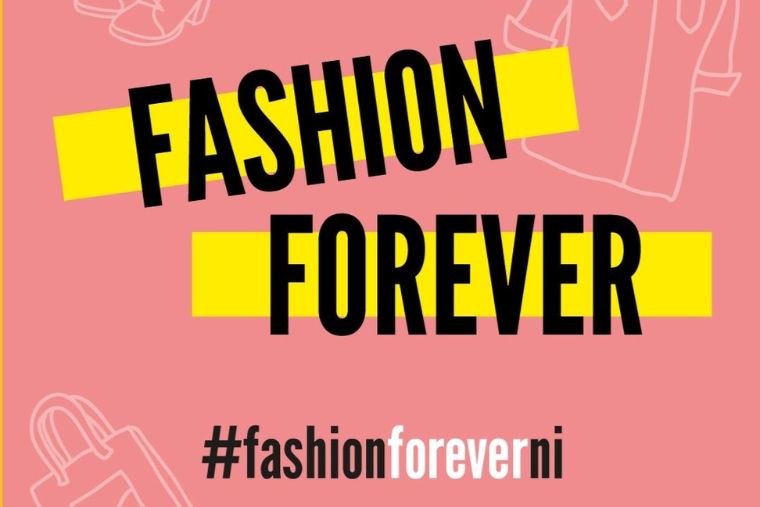
 Get in touch with us
Get in touch with us